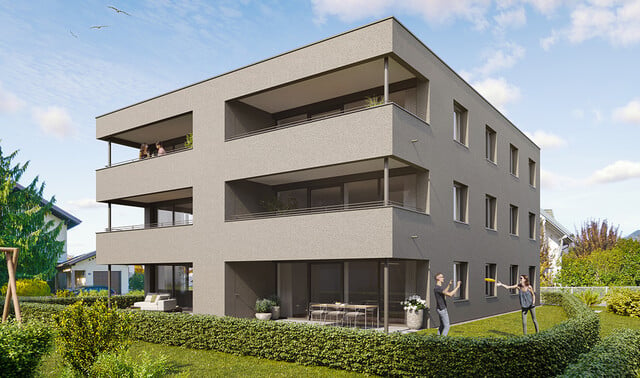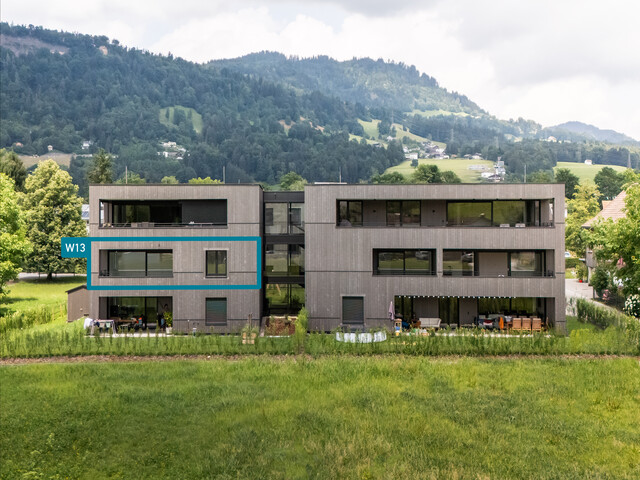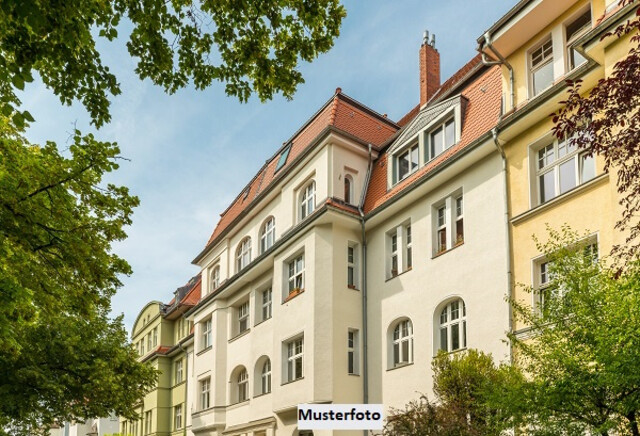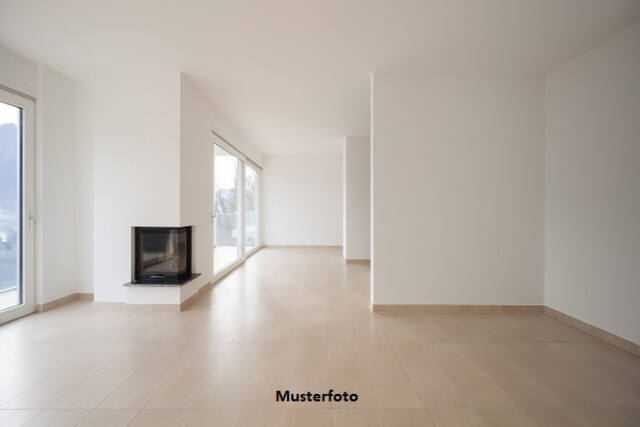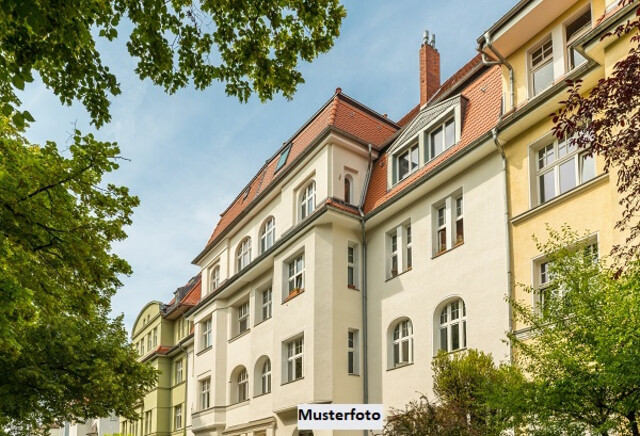Vienna Prepared for New EU Limits on Air Pollutants
"Our children are breathing better air today than we did at their age," concludes Vienna's Environmental Councillor Jürgen Czernohorszky (SPÖ). The EU guidelines have recently been met on an annual average, which should not change even with stricter limits from 2030.
Air Monitoring Center Oversees Air Quality in Vienna
Ozone, particulate matter (PM10 and PM2.5 (particles smaller than 10 and 2.5 micrometers, respectively), and nitrogen dioxide (NOx) are measured at the stations. In the air monitoring center of the Environmental Protection Department, "the brain of our air monitoring network," Heinz Tizek, head of the air quality control department, not only sees the current air quality on various monitors but also whether any of the systems need maintenance.

Meteorological data also enters the center: "They are a crucial factor for us, especially when it comes to particulate matter and ozone," explains Tizek. If the air comes from the North Sea area, it is usually very clean, "if it comes from the central European area, then the values are often higher." This data is important to predict how the situation will change in the next two or three days.
Air Pollutants: Particulate Matter as a Transregional Challenge
The example of particulate matter shows that Vienna cannot reduce it alone, as its formation is a transregional problem, added the Environmental Councillor in a conversation with the APA. Accordingly, an average of 75 percent of the particulate matter measured in Vienna did not originate in Vienna. Cooperation with partners across Europe has therefore been important for the positive development and has proven that politics works. "The EU legislation has contributed incredibly to the reduction," said the Environmental Councillor, citing examples such as the Euro 6 car emission standard or the catalytic converter requirement.
The situation is different with nitrogen oxides (NOx). "When it comes to nitrogen, there is a very high level of local co-responsibility, such as in traffic," explains Czernohorszky. Here, the expansion of parking management, cycling, or the subway has shown effects, and overall, the entire Vienna climate plan is evident as a set of measures. "Vienna has grown by half a million people since the 1990s - yet nitrogen pollution has been significantly reduced," is the conclusion here.
Vienna Not Yet at Goal for Air Pollutants
Last year, the annual average for nitrogen dioxide at the traffic-heavy location Hietzinger Kai was significantly below the IG-L limit of 35 μg/cubic meter, with 27 μg/cubic meter - in 2010, 58 μg/cubic meter were measured there, according to the City of Vienna. And the number of days with elevated particulate matter levels (i.e., daily averages over 50 μg/cubic meter) was six days, despite a Saharan dust episode at the end of March. According to the EU limit, up to 35 days are permissible (EU limit) or up to 25 days according to the Austrian Air Pollution Control Act (IG-L).
However, the goal has not yet been reached, because although air pollution is steadily decreasing across Europe, particulate matter or nitrogen compounds still have deadly consequences for people. The European Environment Agency EEA stated in its latest report that in the EU, an estimated nearly 240,000 deaths annually are solely due to particulate matter pollution in the air. The Federal Environment Agency also found that air pollution harms health at significantly lower concentrations than the legal limits.
New Obligations Through Air Quality Directive
The EU responded by tightening regulations, and thus the new EU Air Quality Directive came into force at the end of 2024. It provides for lower limit and target values for particulate matter, ozone, and nitrogen dioxide from 2030, based on guidelines from the World Health Organization (WHO).
Tizek expects "many new changes in measurement technology, in the general guidelines that should accompany air quality" from the Air Quality Directive. They are prepared for a new measurement obligation for ultrafine particles: "This is not entirely new for us, as we have been measuring this for three years at the Gaudenzdorf measuring station." A limit value is not yet planned here, as there is still a lack of data to establish one. Additionally, a large measuring station will be new - the station at the AKH will be expanded into such a station together with the Federal Environment Agency.
Air quality data is updated hourly and published in daily, monthly, and annual reports: www.wien.gv.at/ma22-lgb/luftgi.htm. All Austrian data is available at the Federal Environment Agency or the EU Environment Agency. Further information on air pollutants is available here.
(APA/Red)
This article has been automatically translated, read the original article here.
Du hast einen Hinweis für uns? Oder einen Insider-Tipp, was bei dir in der Gegend gerade passiert? Dann melde dich bei uns, damit wir darüber berichten können.
Wir gehen allen Hinweisen nach, die wir erhalten. Und damit wir schon einen Vorgeschmack und einen guten Überblick bekommen, freuen wir uns über Fotos, Videos oder Texte. Einfach das Formular unten ausfüllen und schon landet dein Tipp bei uns in der Redaktion.
Alternativ kannst du uns direkt über WhatsApp kontaktieren: Zum WhatsApp Chat
Herzlichen Dank für deine Zusendung.
